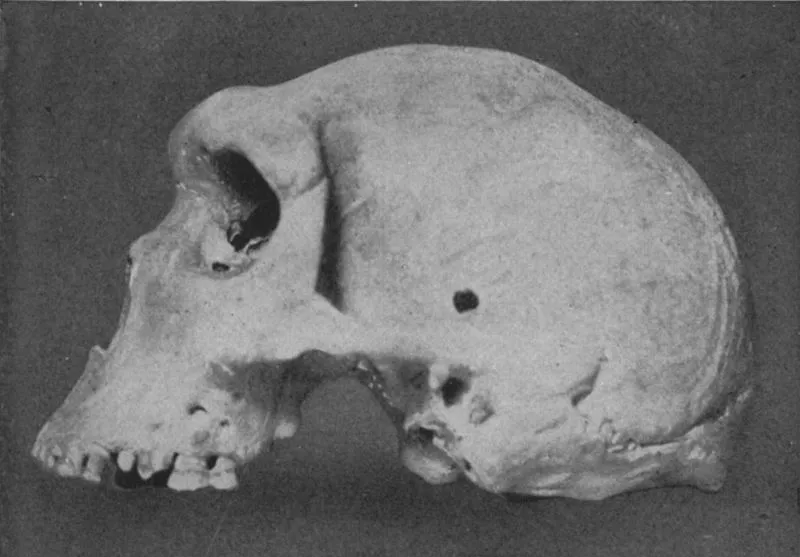Dr Robert Broom, with his intense obsession with anatomy and skulls as described in the last post was naturally overjoyed by Raymond Dart's discovery, the Taung child and had his own part to play in the controversy.
He would write later on the matter:
"In England, many took little interest in the discovery of what might be a being closely related to man's ancestors, but they were greatly interested in the pedantic question of whether the name Australopithecus was good Latin! Prof. Dart might or might not be a great anatomist, but they were sure he was not a great classical scholar. As if it mattered in the least."
"It makes one rub one's eyes. Here was a man who had made one of the greatest discoveries in the world's history - a discovery that may yet rank in importance with Darwin's Origin of Species; and English cultures treat him as if he had been a naughty schoolboy"
"I was never able to discover what were Prof. Dart's offences. Presumably the most serious was that when he found a very important skull he did not immediately send it off to the British Museum, where it would have been examined by an 'expert', and probably described ten years later, but boldly described it himself, and published an account within a few short weeks of the discovery."
The Taung child was not Broom's first brush with ancient human ancestors. He had examined the "Boskop Man" skull and claimed it to be a new species Homo Capensis in 1917. He had also followed the developments around "Rhodesian Man"(Homo Rhodesiensis) found in 1921, which is basically the Southern African equivalent of Neanderthal Man.

By J. Arthur Thomson. - http://www.gutenberg.org/files/20417/20417-h/20417-h.htm, Public Domain, Link
After examining the Taung child for himself he was convinced of its place in human ancestry.
By 68 years old Dr. Broom had had a prolific career as a paleontologist and thought of himself as the greatest paleontologist that ever lived and decided it was time to become the greatest paleoanthropologist too.
It was with this grand vision in mind that he started visiting known Limestone mines and caves in the area. Given where The Taung child had been found he reasoned this would be the place to most likely and given his age, quickly find Darwin's "missing link" between apes and man.